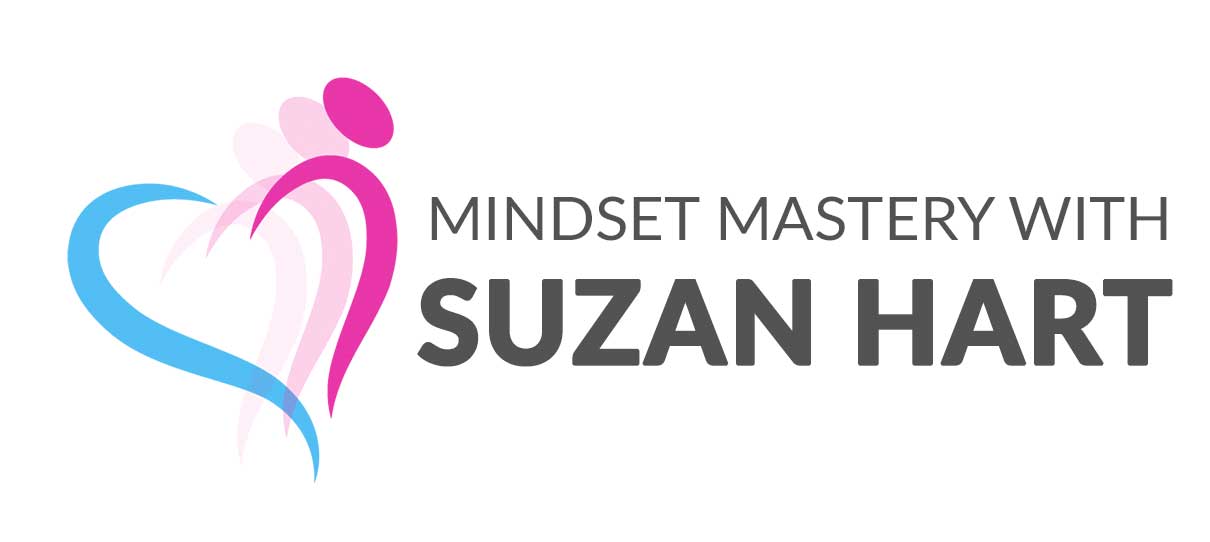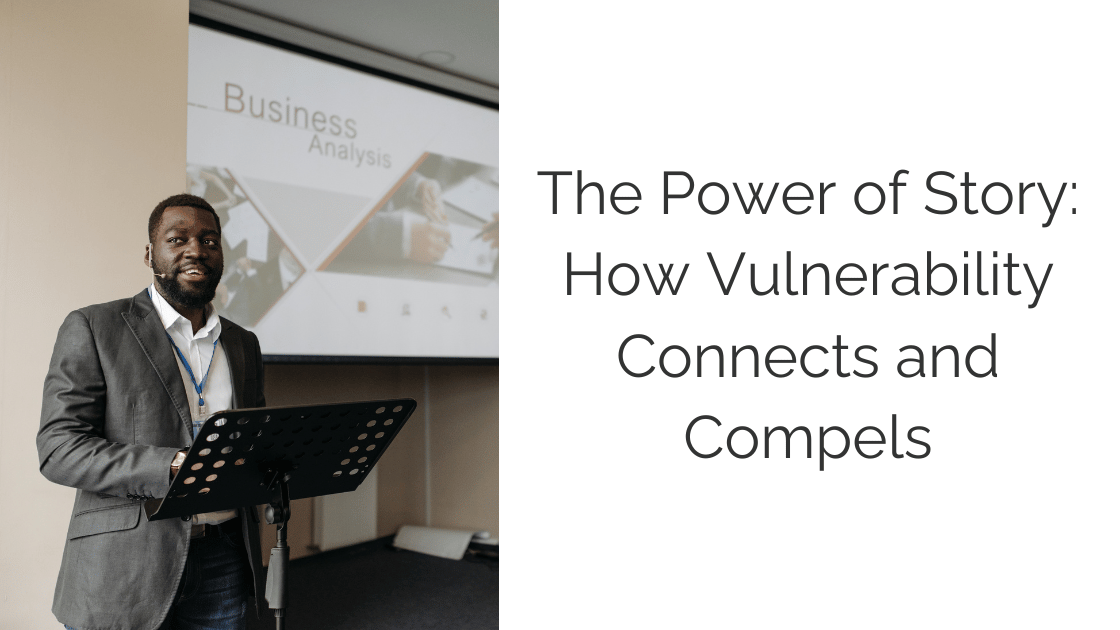Perhaps you’ve been captivated by a speaker who shared a relatable and powerful personal journey that shifted something within you.
That’s the power of storytelling…it moves us, connects us, and inspires action. Yet, not all stories are created equal.
You may have witnessed someone overshare, spilling intimate details that made the room uncomfortable and disconnected. Or perhaps you’ve listened to a graphic story that felt manipulative, leaving you feeling violated rather than moved. These are examples of storytelling gone wrong.
When used effectively, vulnerability doesn’t leave your audience feeling exposed or shocked. Instead, it bridges the gap between you and those listening. It turns your story into a mirror that reflects your experiences and your audience’s emotions, struggles, and hopes. The truth is facts tell but stories sell. And if you want to create real impact, influence, or connection, you must master the art of storytelling.
Why Stories Matter More Than Facts
We live in a world bombarded with information. Research shows that the average person is exposed to around 34 gigabytes of information daily, equivalent to reading over 100,000 words. Amid this constant stream of facts, it’s stories that stand out. Studies show that stories are 22 times more likely to be remembered than facts alone.
Why?
Because stories engage the emotional and psychological parts of the brain. They create empathy, understanding, and connection.
I’ll never forget the first time I stood on stage and shared a personal story. My nerves were high, and I wasn’t sure how it would land. But as I spoke about my own journey, about the struggles I’d faced and the lessons I’d learned, I noticed something unique happening in the audience. They weren’t just listening; they were connecting. I could see it in their faces, the way they nodded along, the subtle shifts in their posture. It was as if they saw themselves in my story.
In that moment, I realized that storytelling isn’t just about delivering information, it’s about creating a shared experience. Experiences where the audience doesn’t just hear about my journey; they feel it. They experience the challenges, feel the emotions, and triumph alongside me. And because of the shared journey, they became more open, engaged, and willing to learn from what I have to say.
That day, I understood the true power of sharing stories from the heart
The Power of Vulnerability in Storytelling
Sharing your story requires vulnerability. It asks you to reveal flaws, mistakes, and difficult moments. But here’s the thing—those moments are what create transformation. Being vulnerable in your storytelling connects you to your audience, making you relatable and human. Vulnerability builds trust. Audiences are more likely to be influenced by a speaker they perceive as authentic and relatable.
When you pretend to be perfect, you build a wall between yourself and those you try to reach. But when you embrace your imperfections, you create a bond. Your audience sees themselves in your story and is drawn to work with you because they feel understood.
Why Stories Drive Action
Ultimately, stories are the most effective way to enroll others in an idea. When trying to persuade, 63% of people remember stories, while only 5% remember individual statistics. That’s why great leaders, teachers, and mentors use storytelling as their most powerful tool.
So the next time you stand in front of an audience…whether you’re giving a talk, leading a team, or simply writing an article, remember that the power to move people lies in your story. It’s not about perfection or sharing every intimate detail of your life…it’s about connecting your experiences with your audience’s emotions, challenges, and aspirations.
Suzan

